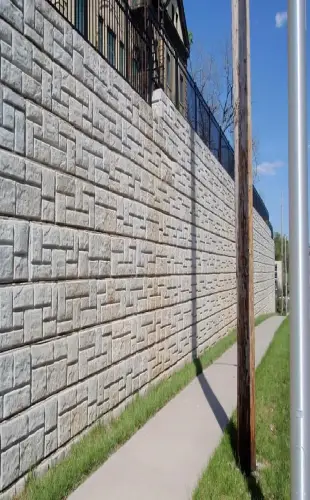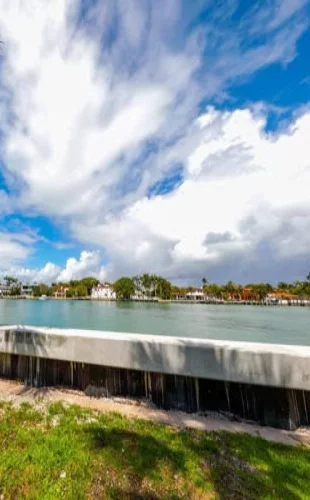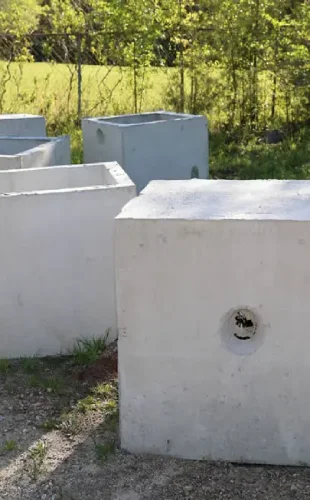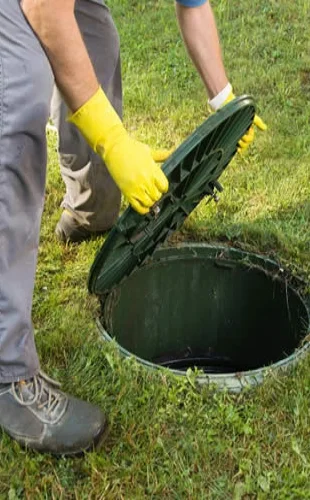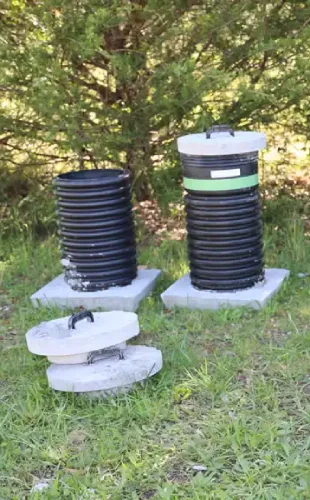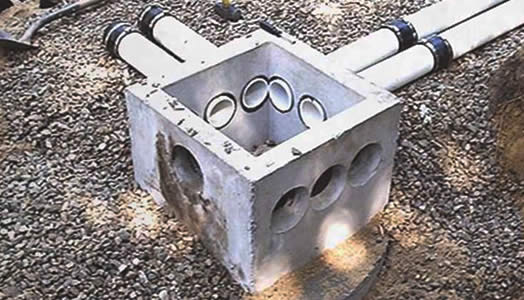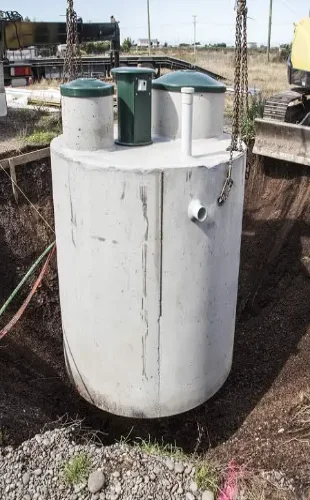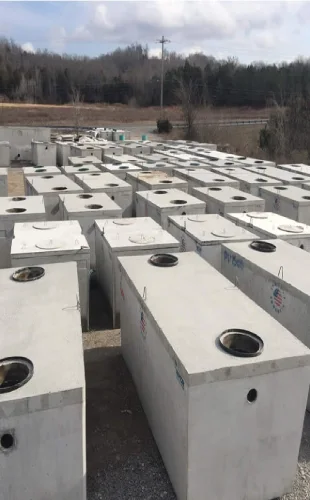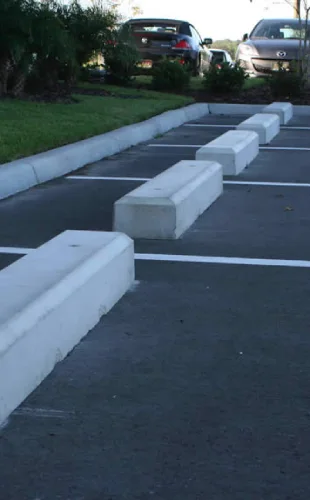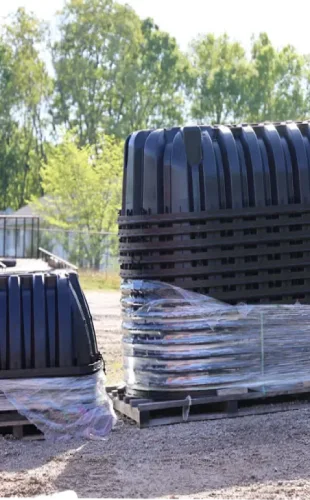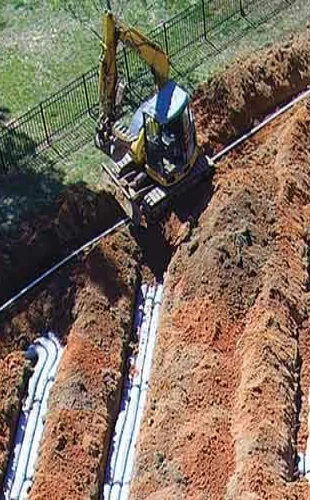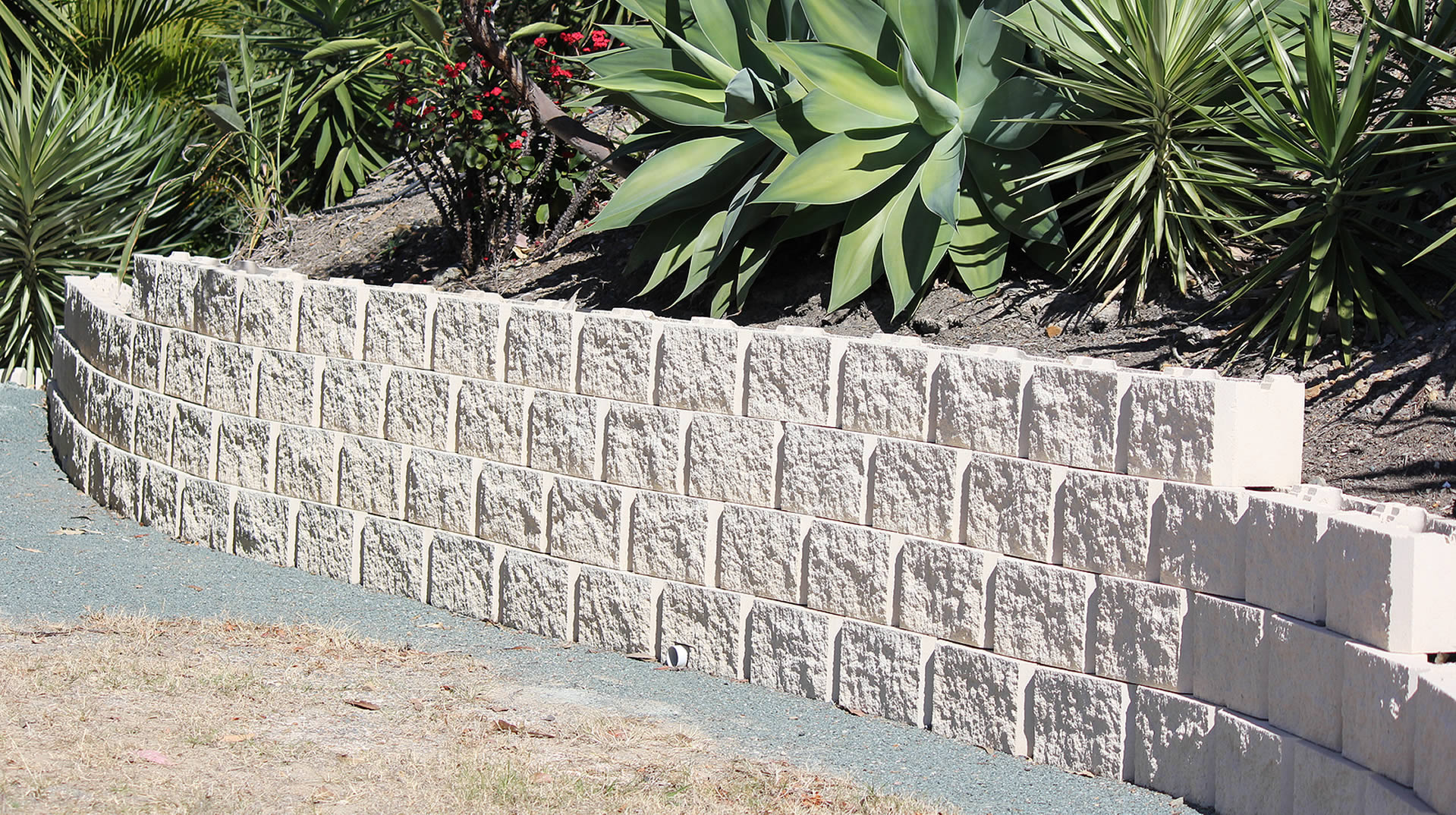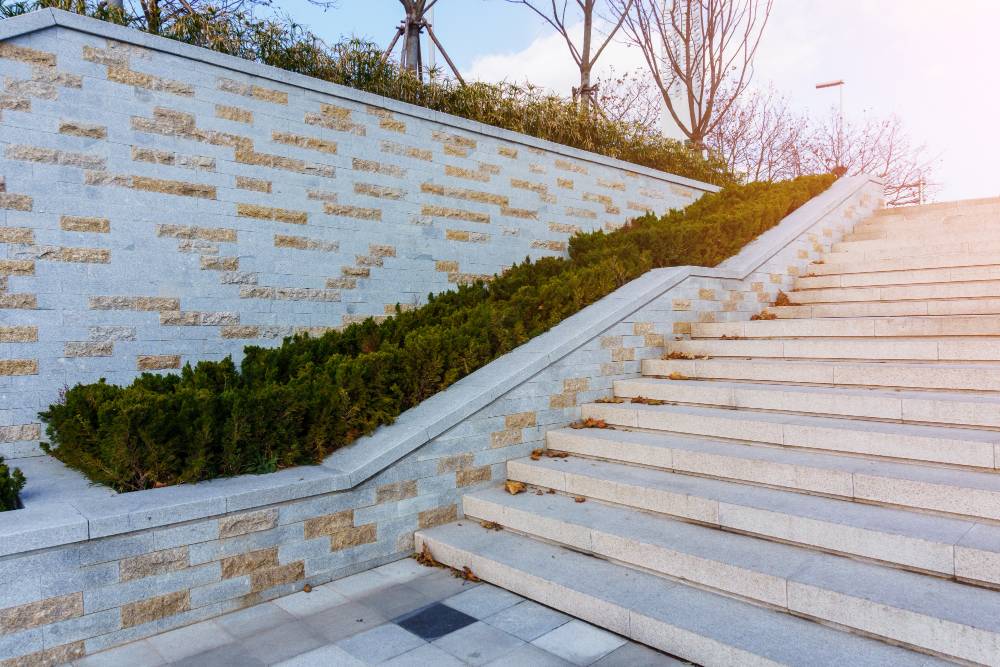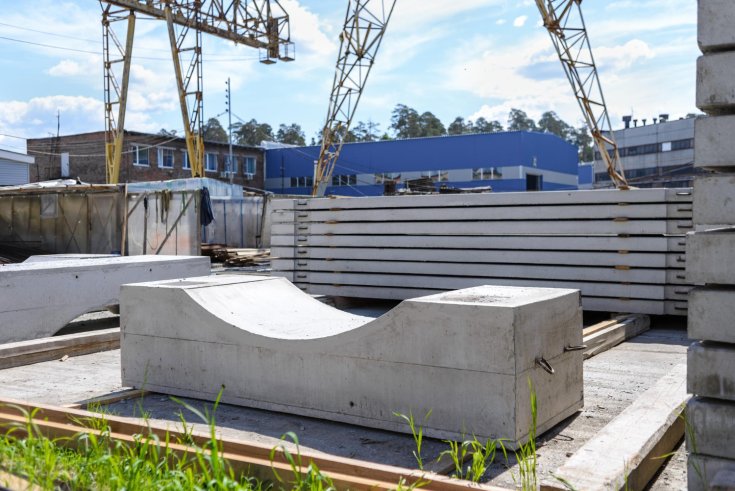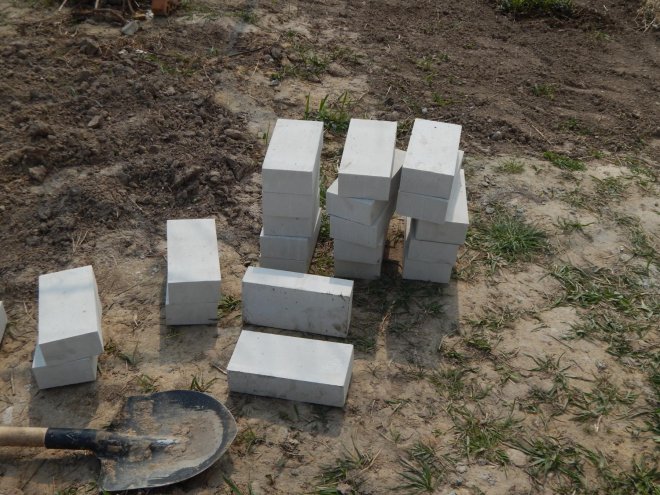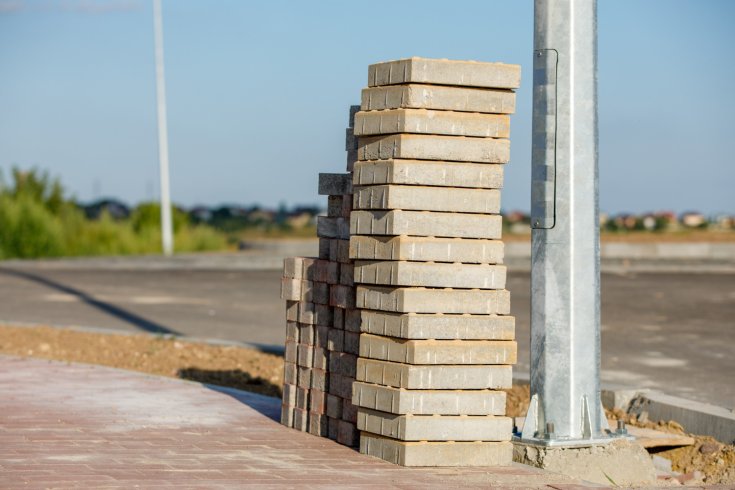Tip 1 - Assess the Project’s Location
Before anything else, consider where your retaining wall will be located. The site’s geography will play an important role in determining the type of wall you’ll need. Is the terrain flat, or is it on a slope? Is it near a water source or in a high-traffic area? Knowing the environment will help you choose a wall system that can withstand the elements and pressures unique to your location. Local regulations might dictate certain requirements for your wall as well. Make sure that the design you’re considering complies with zoning laws or building codes in your area.
Tip 2 - Analyze Soil Conditions
Soil conditions are one of the most important factors to consider when choosing a retaining wall system. Different types of soil have different weight-bearing capacities, drainage properties, and stability levels. For instance, clay soils tend to retain water, which can create pressure against the wall, while sandy soils allow for better drainage but may not provide as much structural support. Having your soil analyzed by a professional will give you insight into what type of wall system is best suited for the job. A retaining wall manufacturer can offer guidance on what types of materials will work best for your specific soil conditions.
Tip 3 - Ensure a Strong Foundation
Like any structure, a retaining wall is only as strong as its foundation. If the base isn’t solid, the wall is at risk of shifting, tilting, or even collapsing over time. To prevent this, make sure you dig a deep enough trench for the base, depending on the height and weight of the wall you’re building. Once the trench is in place, use materials like crushed stone to create a stable base. This will evenly distribute the load and provide a firm surface for the wall to sit on. Speak with your retaining wall supplier to ensure that the materials used for your foundation will offer long-lasting durability.
Tip 4 - Prioritize Proper Drainage
Without adequate drainage, water might build up behind your retaining wall, creating hydrostatic pressure that could cause it to fail. Incorporating a drainage system is critical to the longevity of your wall, especially if it’s built on a slope or in an area that experiences heavy rainfall. Options for drainage include weep holes, perforated pipes, and drainage tiles. These solutions help divert water away from the wall and reduce the pressure that can lead to structural damage. Your retaining wall manufacturer in Greer, SC will be able to recommend the best drainage system for your project based on your specific conditions.
Tip 5 - Design with Function and Aesthetics in Mind
While the structural integrity of your retaining wall is a top priority, don’t overlook the design. A well-designed wall should serve its functional purpose but also complement the overall aesthetics of the surrounding landscape. Consider the look you’re trying to achieve, whether it’s sleek and modern or more natural and rustic. The design should accommodate any future landscaping or hardscaping plans too.
Tip 6 - Know About Height Restrictions
The height of your retaining wall matters for both design and engineering. Many local regulations have restrictions on how high a retaining wall can be before requiring additional reinforcement or professional engineering plans. Taller walls need to be carefully engineered to handle the pressure from the soil behind them. If your project calls for a particularly tall retaining wall, you may need to incorporate additional reinforcement like geogrids, tiebacks, or even a tiered wall system.
Tip 7 - Align Materials with Your Budget
When it comes to retaining wall materials, there are a variety of options available, each with its own price range. Common materials include concrete blocks, natural stone, timber, and brick. Each material has different costs and performance characteristics, so you'll need to choose one that fits your budget while still offering the structural integrity your project requires. A good retaining wall supplier can help you find the right balance between cost, durability, and design preferences.
Do You Need Help With Your Retaining Wall Project?
At Garrett Precast, we’re committed to providing you with high-quality products so that your project is structurally sound and visually appealing. If you're ready to get started, contact us to speak with our experts and find out how we can help bring your retaining wall vision to life.
